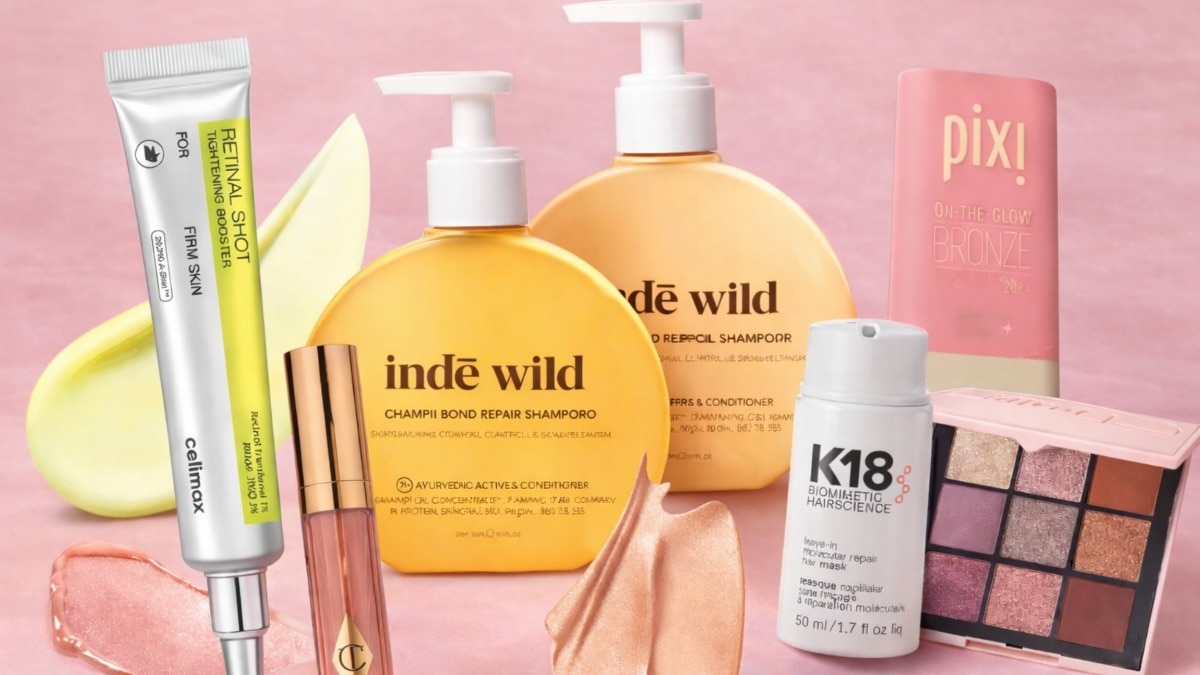PSA: How to remove acrylics at home without ruining your nails
Try out these steps to take off those fake nails fast.


If you've had acrylic nails, you're probably aware of the number-one cardinal rule: If you're going to remove them, either do it safely or turn to the pros. And if you can't get to a professional, the latter may be your only option. So, if you're wondering how to remove acrylic nails at home, we have good news: It's not difficult, as long as you arm yourself with a few tools and techniques to make sure your natural nails underneath stay strong and resilient.
"One of the most commons mistakes when removing acrylics at home is not being patient enough and peeling or popping off a stubborn acrylic," says Sally Hansen Brand Ambassador Hannah Lee. "This can cause damage to the natural nail." If you can't make it to the salon, follow the expert steps below to remove your acrylic nails easily and without damage.
Step one: Remove excess length
The first step is to remove most of the length. "Make sure to not clip your actual nail. The best way to clip is with an acrylic nail cutter, but if you don't have that, you can use large toenail clippers which typically provides more strength," says Lee. "Start clipping at one side and work your way to the other, never clipping straight on."
Step two: Buff the acrylic
Next, grab two nail files, a rough one for the top layer of acrylic and one with higher grit as you make your way closer to your natural nail. "Keep gently filing until the shine of the nail is gone. This may take some patience," says Lee. Just beware of buffing too much. "Over-buffing the nail to try and get the remaining pieces off can thin out and weaken the nail," she adds.
Step three: Grab the acetone
The next step involves, you guessed it, acetone. There are two ways to go about this, says Lee. The first involves warming a bottle of acetone under the faucet, then pouring it into a bowl, and soaking your fingers for 30 minutes. But if you would prefer to have less acetone-to-skin contact, "You can also use the foil method, which is what is typically seen at salons," adds Lee. "Soak a cotton ball in acetone and place it on top of your nail, then take a piece of tin foil and wrap it around your nail and part of your finger, making sure to fold over the tip to seal in the cotton ball."
Step four: Check your progress
Check your nails after 30 minutes. If enough of the acrylic has dissolved, you can gently buff away the excess with the finer grit nail file. "If there is still product that can't be buffed off, soak for five more minutes and try again," she says.
Step five: Hydrate
Pro tip: Have a bottle of cuticle oil nearby, because "acetone is very drying" for your nails and skin. "I would start by applying it once a day, or if you notice your skin is extra dry, up the applications," says Lee.
How to Care For Your Acrylics and Nails
"To care for your acrylics, make sure to not use them as tools, like opening cans. You can also get a gel overlay to help them last longer. If you prefer, you can use a regular top coat, and apply it every two to three days," advises Lee. "Try to avoid water, so when you are doing the dishes, make sure to wear gloves."
Oh, and because acrylics can weaken the natural nail over time, it's never a bad idea to add a nail strengthener to your beauty routine, too.
This piece was originally published on September 1, 2022 on the Harper's Bazaar US website










